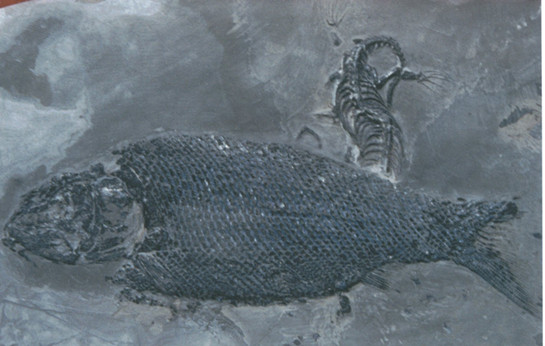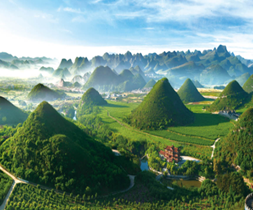Home>About
Qianxinan Bouyei and Miao Autonomous Prefecture
(chinadaily.com.cn) Updated: 2016-09-12
Biological Resources
Qianxinan's climate and unique natural conditions are good for plants and animals, so it has more than 3,913 species of plants, 300 of them rare, as well as about 2,000 flora and fauna useful for traditional Chinese medicine, including 1,800 herbs, 163 animals and 12 minerals. It has 542 species of wild animals, 6 of them under national protection -- Francois' langur, the clouded leopard, golden eagle, black-necked crane, and the boa -- and 36 species under lower national protection – such as the macaque, pangolin and tiger frog. Qianxinan's nationally protected animals account for above 45 percent of Guizhou's total. It also has 630,153 hectares of woodland and 198,286 hectares of grassland.
Cultural Relics
The prefecture has more than 5,000 cultural relics, including 45 under top national protection, or half the province's total in that category. It has unearthed Bronze Carriages and Horses from the Eastern Han Dynasty (AD25~220) and, in 1980, the Chinese Academy of Sciences classified some human fossils unearthed in Maomao Cave as the "Xingyi people", noting that the "discovery is second to none for the late Paleolithic period in southern China or even nationwide...many human fossils, exquisite stone implements and bone artifacts in just one site". The village of Lvyin, near Xingyi, is the only place where both fish and reptile fossils have been found in marine strata. It has become a 'treasury of ancient fossils', for example, the 240-million-year-old Keichousaurus which was discovered in 1957 and is China's first marine reptile fossil from the Triassic period. There are also many cliff inscriptions in Chinese, Arabic, Yi and Manchu languages, covering politics, war, the economy, culture, and society and are regarded as history books in stone.
Economy
The region's GDP for 2015 was 80.16 billion yuan, up 13.6 percent year-on-year and its total revenues were 16.37 billion yuan, for a growth of 14.0 percent. Its budget revenues amounted to 10.82 billion yuan, up 14.5 percent, and budget expenditures 27.25 billion yuan, up 15 percent. That same year, its imports and exports were worth $204 million, an increase of 25.2 percent from the previous year, with imports at $100,000, down 52.4 percent, and exports at $203.94 million, up 25.3 percent. It also got 587 investment projects, or 295 more than for the previous year.

